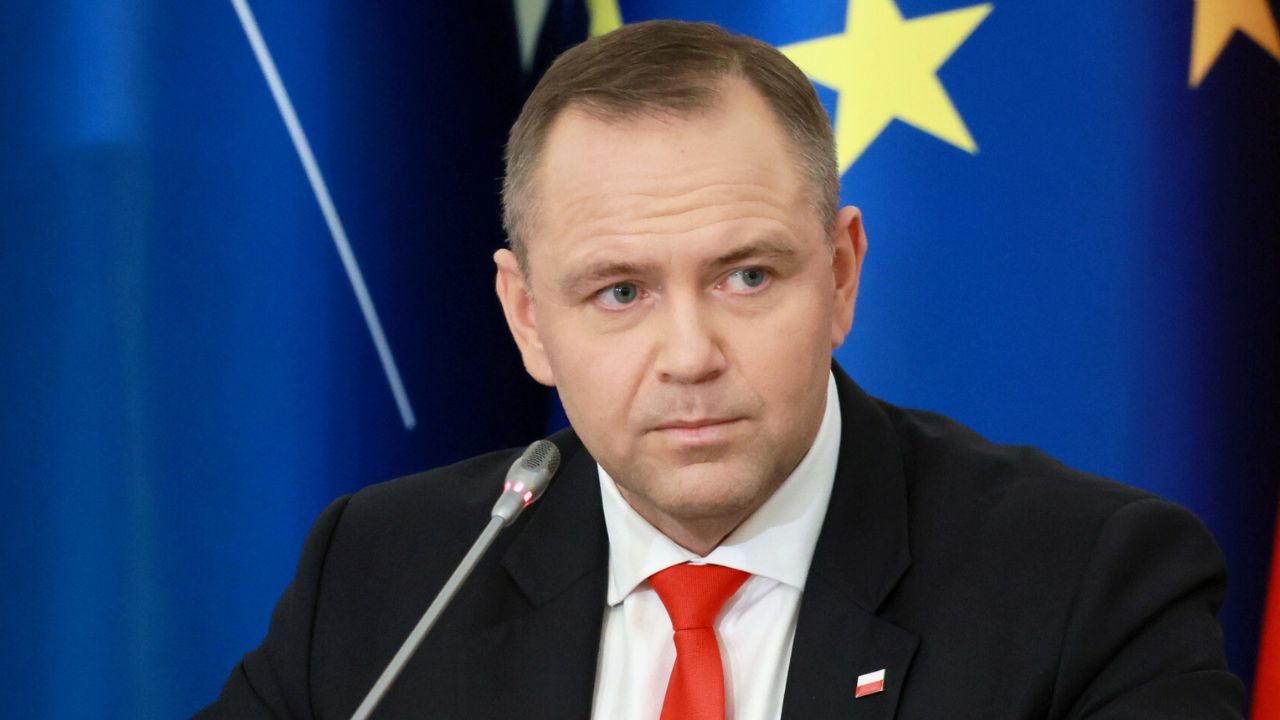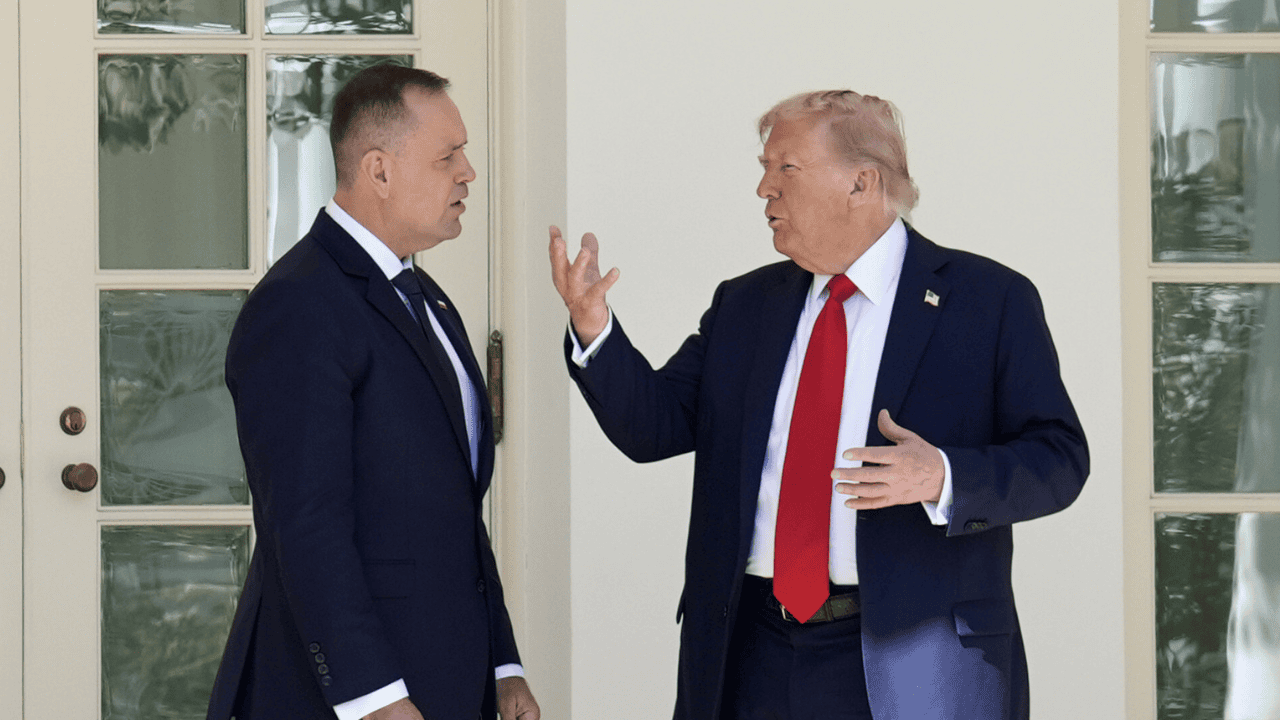
Сектор лизинга воздушных судов продолжает демонстрировать устойчивость и стратегическую адаптацию в начале 2025 года, при этом основные лизингодатели управляют портфелями, оцениваемыми в совокупности. свыше $300 млрд..
В отраслевом ландшафте доминируют такие известные игроки, как AerCap, Avolon и Air Lease Corporation, которые поддерживают различные флоты в нескольких регионах и типах самолетов.
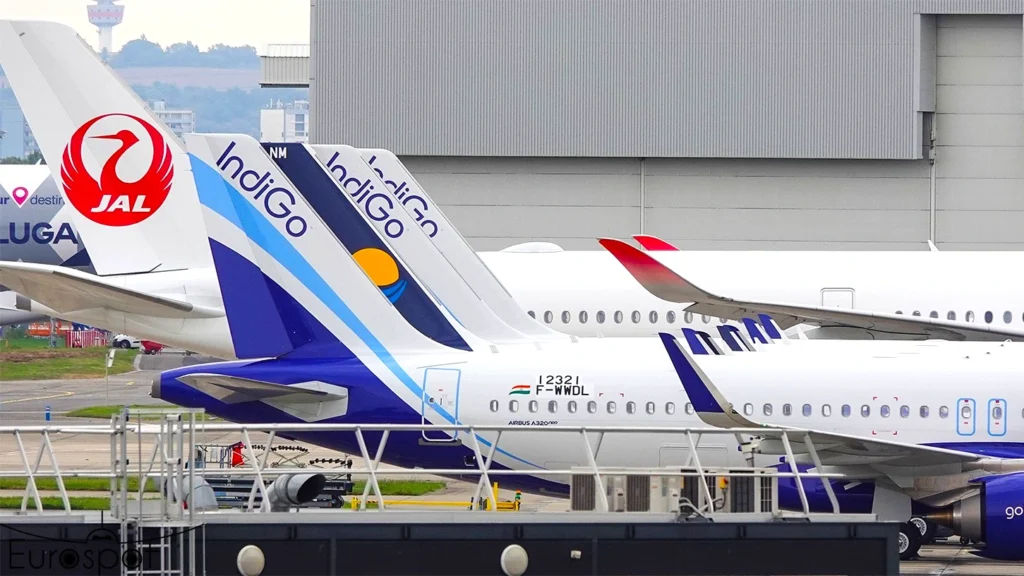 Фото: Eurospot
Фото: EurospotЛизинговые компании Global Aircraft 2025
Ведущие лизингодатели сосредоточились на модернизации флота и устойчивости, о чем свидетельствуют значительные заказы на самолеты нового поколения, такие как A320neo и Boeing 737 MAX.
Географическое распределение показывает сильное присутствие в Азии и Северной Америке, что отражает устойчивый рост авиационного рынка в этих регионах.
Вот список компаний в мировой авиализинговой отрасли по состоянию на январь 2025 года по версии AvBench.
| 1 1 | AerCap | 1669 | 61.99 | Семья A320 |
| 2 2 | Аволон | 633 | 30.68 | A320neo |
| 3 | SMBC Aviation | 611 | 15.87 | Семья A320 |
| 4.4 | Авиация BOC | 576 | 30.15 | A320neo |
| 5 | БАМ | 562 | 22.92 | 737-800 |
| 6.6 | Air Lease Corporation | 420 | 19.50 | A320neo |
| 7. | DAE Capital | 401 | 21.77 | 737-800 |
| 8 | Авиационный капитал | 400 | 12.90 | Семья A320 |
| 9 9 | ICBC лизинг | 379 | 15.01. | Семья A320 |
| 1010 | CDB Авиация | 367 | 13.38 | A320neo |
| 11. | Компания Macquarie AirFinance | 335 | 9.10 | Семья A320 |
| 12. | Авиакомпания Orix | 293 | 12.26 | 737-800 |
| 13 | Carlyle Aviation Partners | 221 | 6.50 | Семья A320 |
| 14 | Джексон-сквер-авиакомпания | 211 | 2.96 | Семья A320 |
| 15 | Nordic Aviation Capital | 210 | N/A | ATR 72 |
| 16 | КАК | 208 | 5.60 | Семья A320 |
| 177 | CMB Финансовый лизинг | 196 | 8.90 | A320neo |
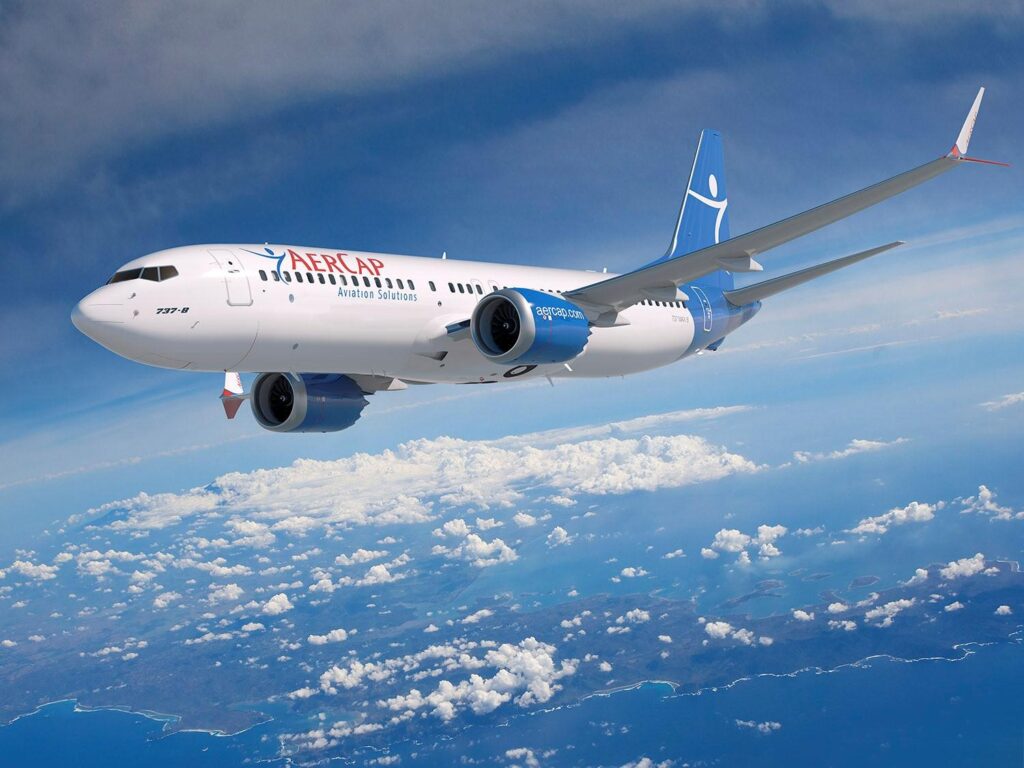 Фото: AerCap
Фото: AerCap1. AerCap
- Флот: 1669 самолетов
- Портфолио Ценность: $61,99 млрд.
AERCAP поддерживает устойчивый портфель лизинга самолетов в размере 1669 самолетов стоимостью 61,99 млрд долларов, демонстрируя минимальное снижение (-0,7%) с декабря 2023 года.
Состав флота отражает сильную ориентацию на современные самолеты, с 50% портфеля до 10 лет.
Региональная дистрибуция демонстрирует лидерство Азии с 577 самолетами (-0,7% годовых), за ней следуют Северная Америка с 462 самолетами (-1,3%) и Европа с 376 самолетами (-0,3%). Меньшие присутствия существуют в Южной Америке (147 A/C, +5%), Африке (88 A/C, 7,4%) и Океании.
В семействе самолетов преобладают узкофюзеляжные самолеты, в частности семейство A320. A320neo лидирует с 467 самолетами, демонстрируя значительный рост (+54 A/C, +13,1%), в то время как парк A320 включает 448 самолетов, несмотря на сокращение (-26 A/C, -5,5%).
Boeing 737NG и MAX составляют 314 самолетов, а на другие типы приходится 333 самолета.
Низкозатратные перевозчики (LCC) составляют 32% портфеля, что указывает на сбалансированное воздействие как традиционных, так и бюджетных авиакомпаний.
Карта географического распределения показывает концентрированную экспозицию на ключевых авиационных рынках с заметным присутствием в Северной Америке, Восточной Азии и Европе.
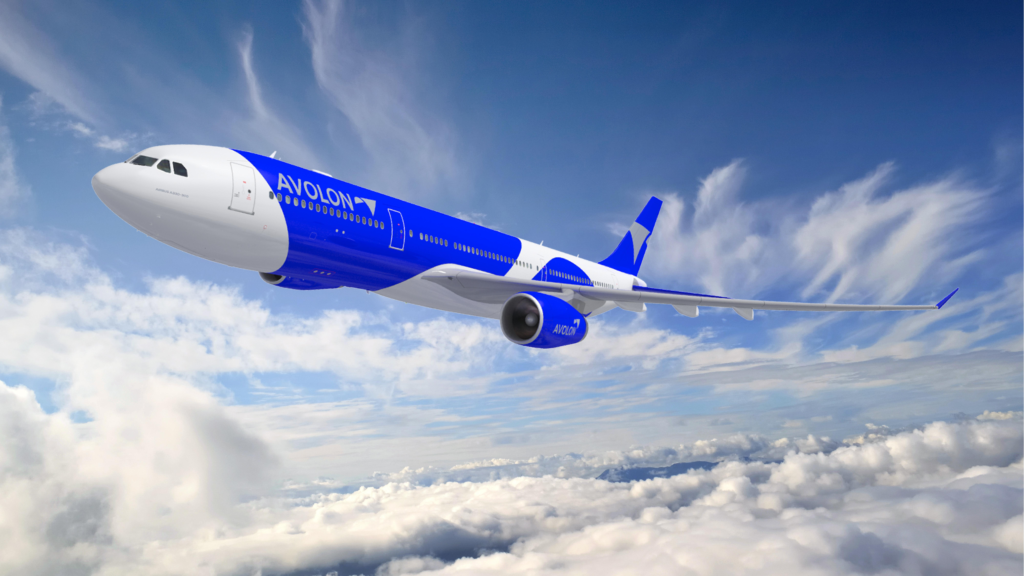 Фото: Avolon
Фото: Avolon2. Аволон.
- Флот: 633 самолета
- Портфолио Ценность: $30,68 млрд.
Avolon демонстрирует положительный рост с увеличением размера флота на 3,6% с 2023 года. Их портфолио в значительной степени сосредоточено на новых самолетах, со значительным заказом A320neo из 253 самолетов.
Арендодатель демонстрирует сильные позиции на ключевых авиационных рынках, особенно в Азии и Европе.
Их стратегия подчеркивает сохранение молодого возраста флота, расширяя клиентскую базу как среди традиционных, так и среди недорогих перевозчиков.
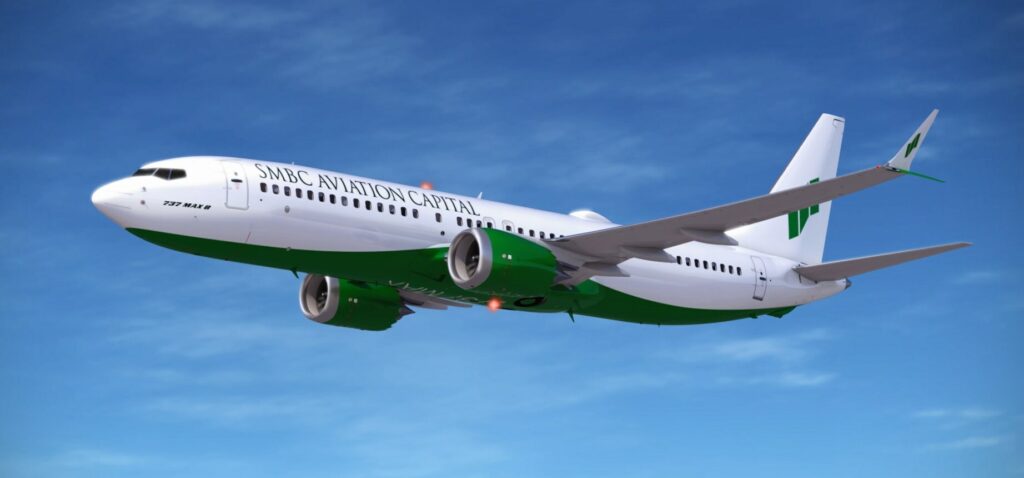 SMBC Aviation Capital заказала 25 самолетов Boeing 737 MAX Джетс. (изображение Боинга)
SMBC Aviation Capital заказала 25 самолетов Boeing 737 MAX Джетс. (изображение Боинга)3. SMBC Aviation
- Флот: 611 самолетов
- Портфолио Ценность: $15,87 млрд.
SMBC Aviation поддерживает значительное портфолио узкофюзеляжных самолетов, особенно семейства A320.
Книга заказов включает в себя 170 самолетов A320neo, что отражает твердую приверженность модернизации парка.
Компания сохраняет стратегическое присутствие на основных авиационных рынках, особенно в Азиатско-Тихоокеанском и Европейском регионах. Их относительно низкая стоимость портфеля по сравнению с размером парка предполагает стратегический акцент на узкофюзеляжных самолетах.
 Фото: BOC Aviation
Фото: BOC Aviation4. BOC Aviation
- Флот: 576 самолетов
- Портфолио Ценность: $30,15 млрд.
BOC Aviation демонстрирует сильный рост с увеличением флота на 8,1% с 2023 года. Их портфельная стоимость свидетельствует о высокой стоимости активов, предполагая значительную часть самолетов нового поколения.
Их портфель заказов на 106 самолетов A320neo и 71 самолет 737 MAX показывает сбалансированные инвестиции в обе основные узкофюзеляжные платформы. Компания сохраняет сильное присутствие на азиатских рынках, расширяясь по всему миру.
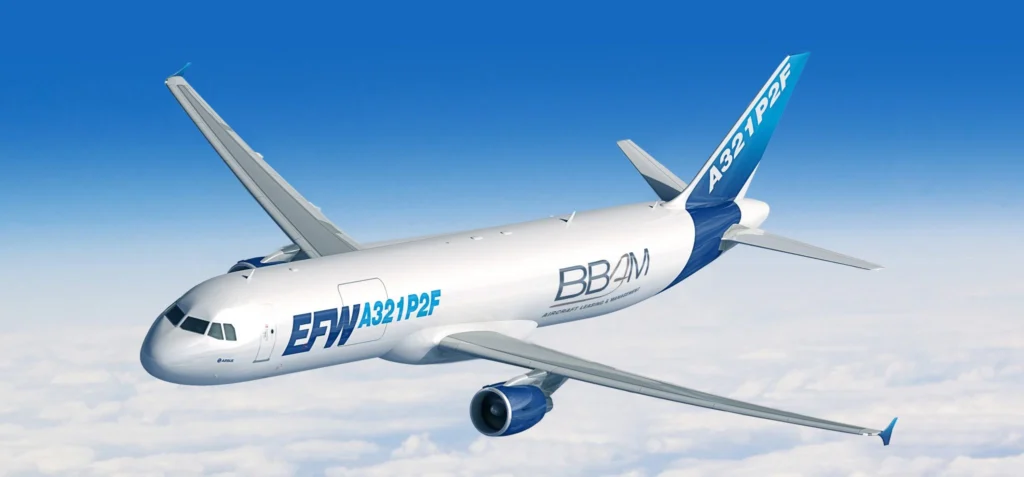 Фото: BBAM
Фото: BBAM5. БАМ
- Флот: 562 самолета
- Портфолио Ценность: $22,92 млрд.
BBAM демонстрирует устойчивый рост с увеличением флота на 1,3% с 2023 года. Их портфолио сосредоточено на популярных узкофюзеляжных самолетах, особенно 737-800.
Стратегия компании, по-видимому, балансирует стоимость портфеля с размером флота, сохраняя сильные позиции как на развитых, так и на развивающихся рынках.
Их подход к управлению активами подчеркивает операционную эффективность и адаптируемость рынка.
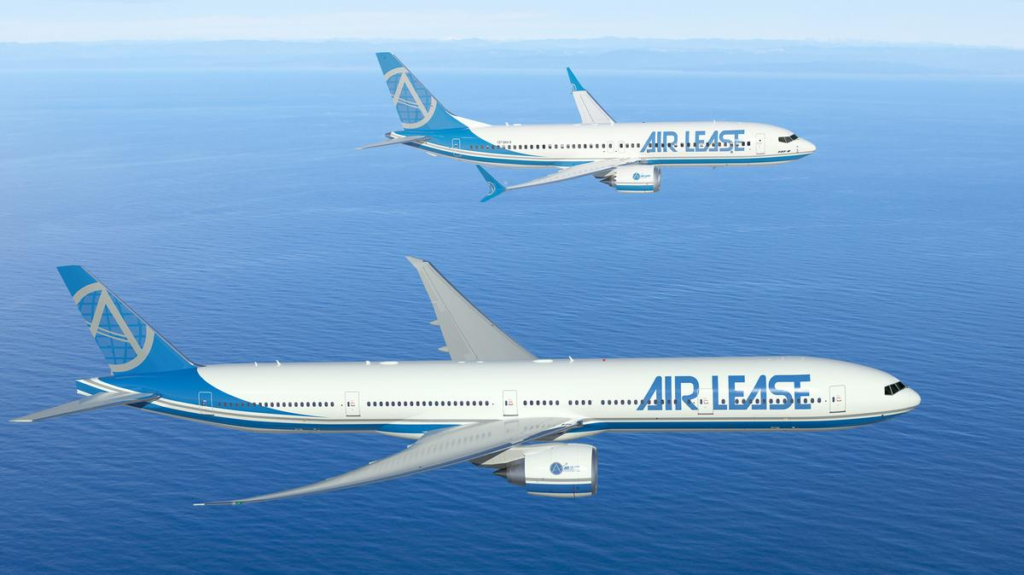 Фото: Air Lease
Фото: Air Lease6. Air Lease Corporation
- Флот: 420 самолетов
- Портфолио Ценность: $19,50 млрд.
Air Lease Corporation демонстрирует небольшое снижение (-1,9%), но сохраняет сильный портфель, ориентированный на новые технологические самолеты.
Их портфель заказов на 133 самолета A320neo и 68 самолетов 737 MAX демонстрирует приверженность модернизации парка.
Стратегическая ориентация на семейство A320 и диверсифицированную клиентскую базу на основных авиационных рынках обеспечивает стабильную производительность портфеля. Их сбалансированное географическое распределение минимизирует региональные риски воздействия.
 Фото: DAE
Фото: DAE7. DAE Capital
- Флот: 401 самолет
- Портфолио Ценность: $21,77 млрд.
DAE Capital испытала сокращение флота на 6,1%, но сохраняет высокую стоимость портфеля. Ориентация на самолеты семейства 737-800 и A320 обеспечивает стабильность за счет проверенных типов активов.
Их середина Восточная база предлагает стратегическое преимущество для обслуживания развивающихся рынков при сохранении сильного присутствия в развитых регионах. Стоимость портфеля предполагает стратегию управления активами высокого качества.
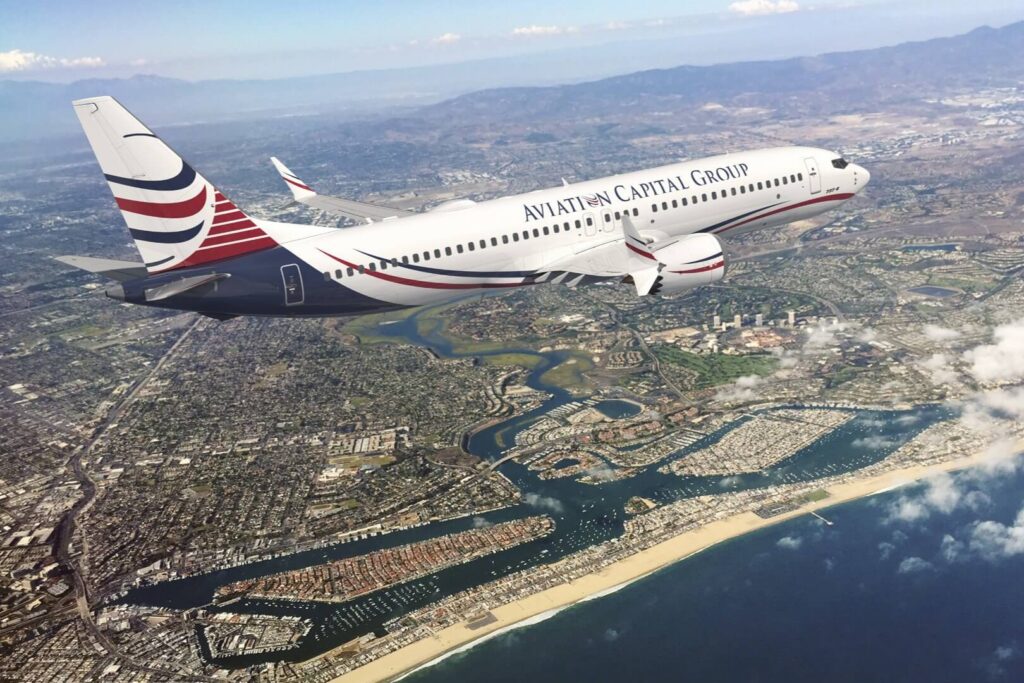
8, Aviation Capital Group
- Флот: 400 самолетов
- Портфолио Ценность: $12,90 млрд.
Авиационная Capital Group демонстрирует позитивный рост (+3,6%) при целенаправленной стратегии семейства А320. Их заказ 33 самолетов A320neo и 83 самолетов 737 MAX свидетельствует о сбалансированных инвестициях в платформу.
Сильное присутствие на североамериканском рынке при расширении в Азиатско-Тихоокеанском регионе демонстрирует стратегическое позиционирование рынка.
Консервативная стоимость портфеля предполагает акцент на стабильных, проверенных типах активов.
 Фото: ICBC
Фото: ICBC9. Лизинг ICBC
- Флот: 379 самолетов
- Портфолио Ценность: $15.01B
ICBC Лизинг демонстрирует сильный рост (+4,7%) при значительной концентрации семейства А320.
Их стратегическое положение на азиатских рынках, особенно в Китае, обеспечивает стабильную базу для расширения. Портфельная стоимость отражает акцент на более новых технологических самолетах при сохранении разнообразной клиентской базы в разных регионах.
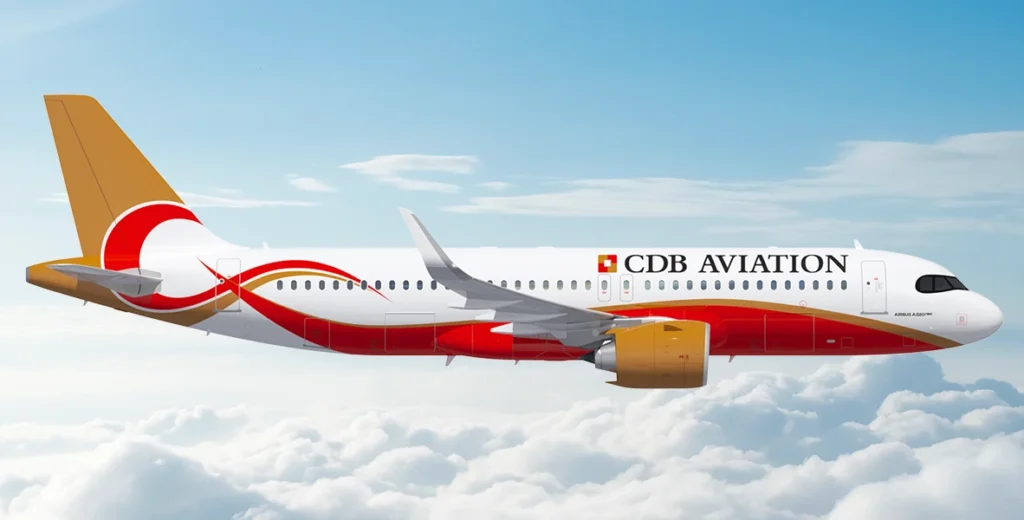 Фото: CDB Авиация
Фото: CDB Авиация10. CDB Авиация
- Флот: 367 самолетов
- Портфолио Ценность: $13,38 млрд.
CDB Авиация демонстрирует устойчивый рост (+0,5%) при сбалансированном портфельном подходе. Сильная книга заказов на 122 самолета A320neo свидетельствует о приверженности модернизации парка.
Их китайская поддержка обеспечивает прочную финансовую основу при сохранении присутствия на мировом рынке. Стратегический акцент на узкофюзеляжные самолеты поддерживает стабильную производительность портфеля.
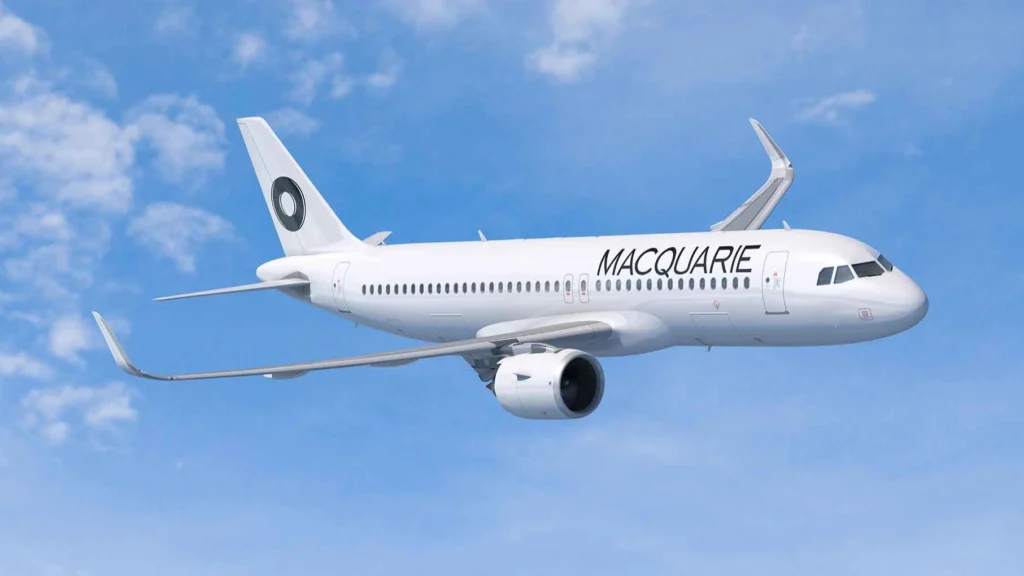 Фото: Airbus
Фото: Airbus11. Компания Macquarie AirFinance
- Флот: 335 самолетов
- Портфолио Ценность: $9,10 млрд.
Маккуори AirFinance демонстрирует небольшое снижение (-1,8%), но сохраняет стабильный портфель. Самолеты семейства А320 с сбалансированным региональным распределением.
Их заказы на 20 самолетов A320neo и 40 самолетов 737 MAX демонстрируют приверженность обновлению парка при сохранении консервативной стратегии роста.
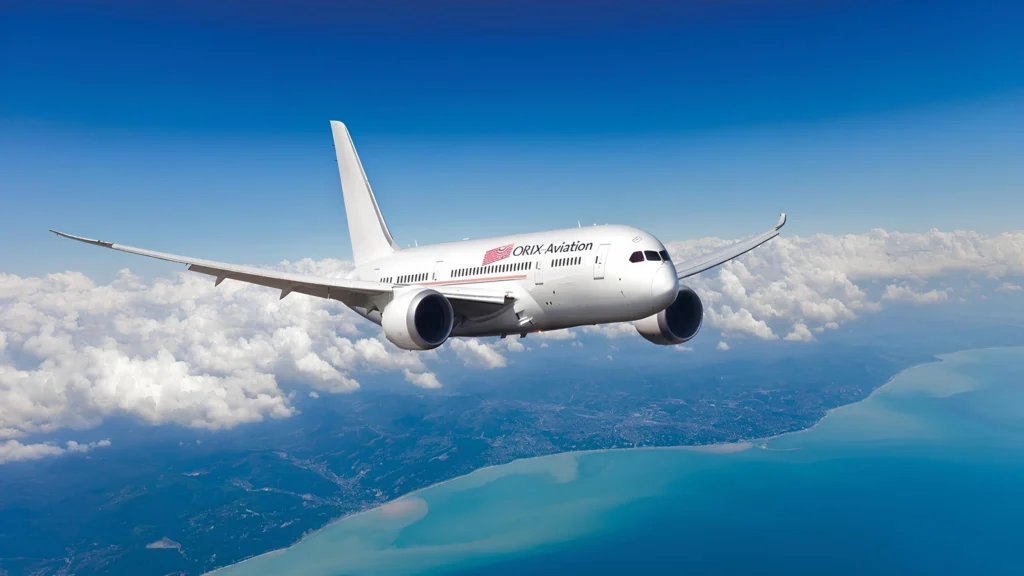 Фото: ORIX
Фото: ORIX12. Авиакомпания Orix
- Флот: 293 самолета
- Портфолио Ценность: $12,26 млрд.
ORIX Aviation демонстрирует минимальное снижение (-1,3%) с высокой стоимостью портфеля по сравнению с размером парка. Семейство 737-800 и A320 обеспечивает стабильную базу активов.
Японское наследие поддерживает сильное присутствие на азиатских рынках, сохраняя при этом глобальную диверсификацию.
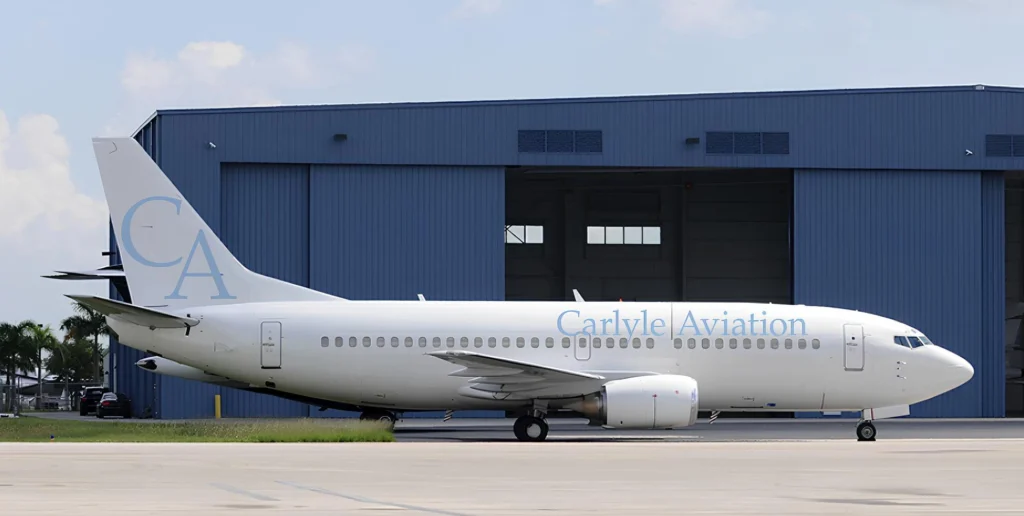 Источник: Carlyle Aviation Partners
Источник: Carlyle Aviation Partners13. Carlyle Aviation Partners
- Флот: 221 самолет
- Портфолио Ценность: $ 6,50 млрд.
Carlyle Aviation Partners демонстрирует значительный рост (+49,3%) за счет стратегических приобретений. Портфолио ориентировано на узкофюзеляжные самолеты с акцентом на семейство A320.
Их поддержка прямых инвестиций обеспечивает финансовую гибкость для оппортунистического роста при сохранении дисциплинированного выбора активов.
Авиация Джексон-сквер 14.
- Флот: 211 самолетов
- Портфолио Ценность: $2,96 млрд.
Jackson Square Aviation демонстрирует снижение (-18,8%), но сохраняет целенаправленную портфельную стратегию. Консервативная стоимость портфеля предполагает акцент на зрелые активы.
Их портфель заказов на 21 самолет 737 MAX указывает на взвешенный подход к модернизации парка.
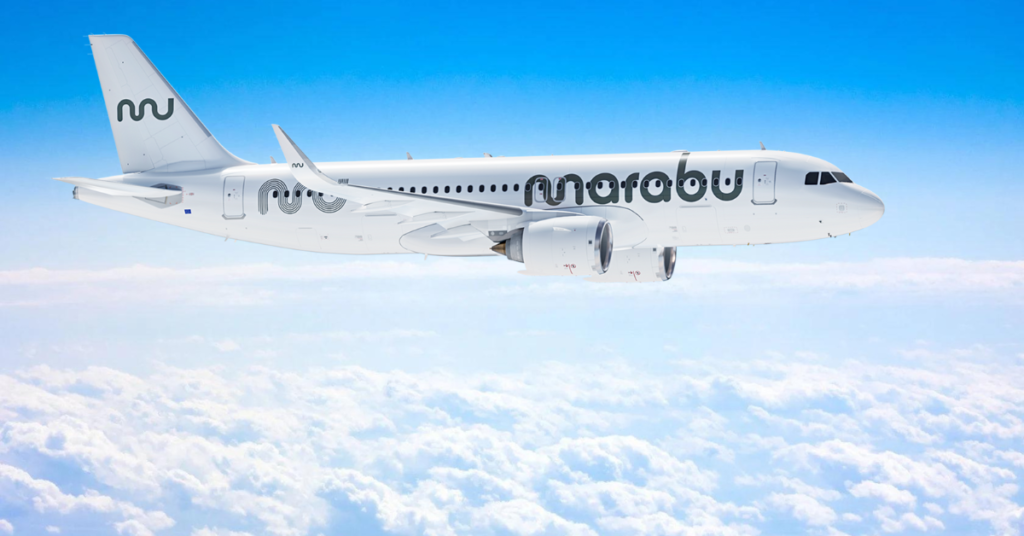 Изображение: Marabu
Изображение: Marabu15. Nordic Aviation Capital
- Флот: 210 самолетов
- Портфолио Ценность: N/A
Nordic Aviation Capital демонстрирует позитивный рост (+13%), уделяя особое внимание региональным самолетам, особенно ATR 72.
Специализированная стратегия компании на региональном авиарынке обеспечивает конкурентное преимущество в конкретных сегментах рынка. Значительное присутствие на европейских и североамериканских региональных рынках.
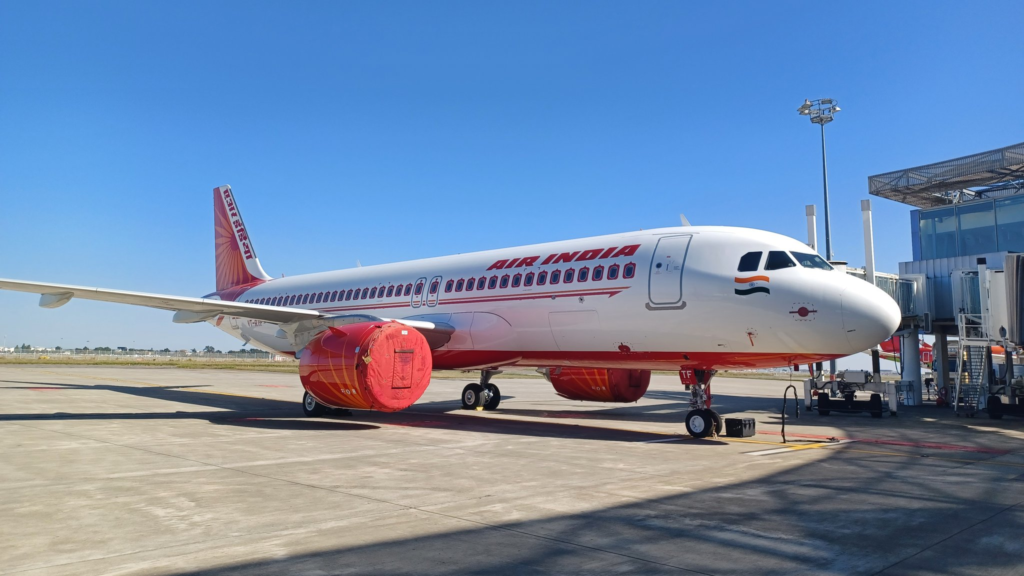 Фото: CALC
Фото: CALC16. КАК
- Флот: 208 самолетов
- Портфолио Ценность: $5.60B
CALC демонстрирует оптимизацию портфеля с небольшим снижением (-6,7%). Сильная книга заказов на 103 самолета A320neo демонстрирует приверженность модернизации парка.
Ориентация на азиатский рынок обеспечивает стабильную базу при расширении глобального присутствия. Консервативная стоимость портфеля отражает взвешенную стратегию роста.
17. CMB Финансовый лизинг
- Флот: 196 самолетов
- Портфолио Ценность: $8,90 млрд.
CMB Финансовый лизинг показывает снижение (-6,2%), но сохраняет высокую стоимость портфеля. Внимание сосредоточено на самолетах A320neo с большим присутствием на китайском рынке.
Их банковский опыт обеспечивает стабильную финансовую базу при расширении международных операций. Стоимость портфеля свидетельствует о качественной стратегии выбора активов.
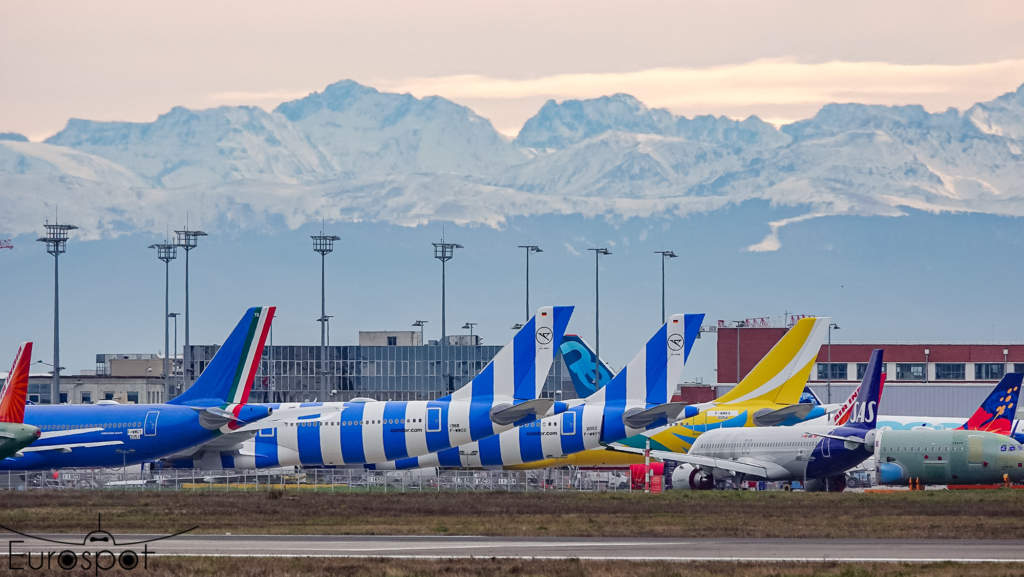 Фото: Eurospot
Фото: EurospotНижняя линия
Мировая индустрия лизинга самолетов демонстрирует сильный рост с общим управляемым размером парка 13 295 самолетов, что представляет собой увеличение на 3% в годовом исчислении.
Крупные лизингодатели коллективно управляют портфелями, превышающими 300 миллиардов долларов в стоимостном выражении, со значительной концентрацией рынка среди пяти ведущих игроков, которые контролируют 48% всего флота.
Состав флота в значительной степени благоприятствует узкофюзеляжным самолетам, в частности семейству A320, которое составляет более 70% всего арендованного флота.
Стратегический сдвиг отрасли в сторону экономичных самолетов очевиден в значительных заказах на варианты A320neo и 737 MAX среди крупных лизингодателей.
Региональное распределение показывает, что Азия сохраняет свои позиции в качестве крупнейшего рынка, представляя 35% мирового арендованного флота. Далее следуют Северная Америка и Европа с 25% и 22% соответственно, в то время как развивающиеся рынки в Южной Америке и Африке демонстрируют устойчивый потенциал роста.
Растущее присутствие низкозатратных перевозчиков, составляющих в среднем 30-35% портфелей лизингодателей, свидетельствует о структурном сдвиге в предпочтениях бизнес-модели авиационной отрасли.
Ключевые факторы риска включают концентрацию портфеля в узкофюзеляжных самолетах, различные региональные риски и финансовую стабильность клиентов авиакомпании. Вторичная рыночная стоимость активов остается критически важным фактором для стратегий управления портфелем.
Оставайтесь с нами. Следуйте за нами в социальных сетях для последних обновлений.
Присоединяйтесь к нам в Telegram Group для последних обновлений авиации. Следуйте за нами в Google News
IndiGo арендовала более 737 MAX на фоне заземления самолетов Airbus
Крупнейшие лизинговые компании по размеру флота в 2025 году впервые появились на Aviation A2Z.





